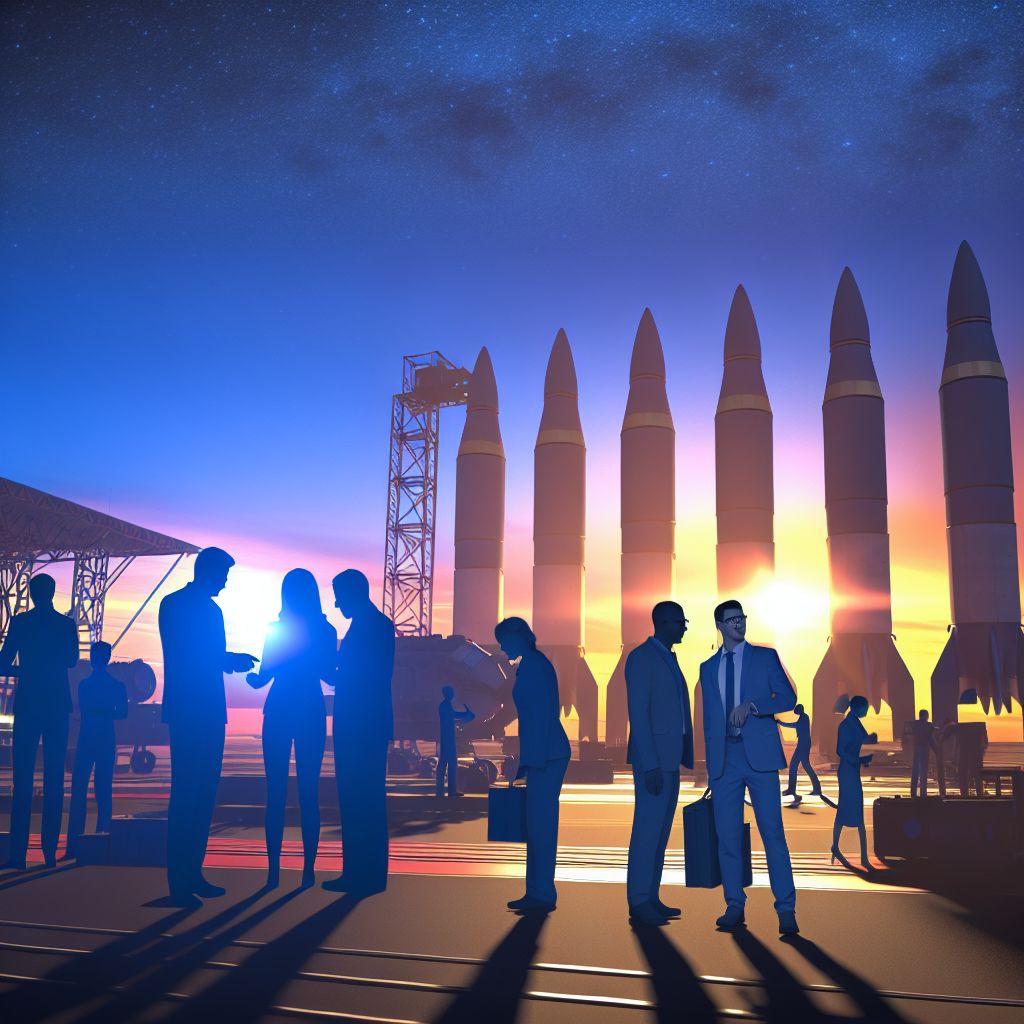Deutsch: Dawn (Raumsonde) / Español: Dawn (sonda espacial) / Português: Dawn (sonda espacial) / Français: Dawn (sonde spatiale) / Italiano: Dawn (sonda spaziale)
Dawn in the Space industry context refers to a NASA Space mission aimed at studying two of the three known protoplanets of the asteroid belt, Vesta and Ceres, to gain insights into the formation and evolution of the early solar System. Launched on September 27, 2007, the Dawn Spacecraft embarked on a journey to explore Vesta and Ceres, which are believed to have accreted early in the history of the solar system and to represent different stages in the evolution of rocky planets. Dawn is notable for being the first spacecraft to orbit two extraterrestrial bodies during its mission and for using ion Propulsion, which allowed it to change orbits and visit both objects.
Description

The Dawn mission's primary objectives were to compare and contrast the two bodies, which had remained intact since their formation. Vesta is a dry, differentiated object with a surface showing signs of resurfacing processes, while Ceres contains Water ice and may have had a subsurface Ocean. By studying these objects, scientists aimed to understand more about the processes that were happening in the early solar system and how planets start to form. Dawn entered orbit around Vesta in July 2011, conducting extensive observations until September 2012, before moving on to Ceres, where it arrived in March 2015. The spacecraft continued to orbit and study Ceres until its mission concluded in November 2018 when it ran out of hydrazine Fuel.
Application Areas
The Dawn mission contributed significantly to our understanding of the solar system, particularly in areas such as:
- Planetary Formation: Providing Data on the conditions and processes involved in the early stages of planetary formation.
- Surface Composition and Geology: Mapping the surface of Vesta and Ceres, analyzing their geology and the Distribution of minerals, which offers clues to their thermal histories and the presence of water.
- Comparative Planetology: Comparing the characteristics of Vesta and Ceres to those of other solar system bodies, helping to fill in gaps in our understanding of solar system dynamics.
Well-Known Examples
Key discoveries from the Dawn mission include:
- Vesta: Revealing a complex surface with an enormous crater at its south Pole, suggesting a violent Collision in Vesta's past.
- Ceres: Discovering bright spots in craters, later identified primarily as sodium carbonate, suggesting the presence of subsurface brine reservoirs. The detection of a faint, temporary Atmosphere and Evidence of water-related Activity on its surface.
Treatment and Risks
The Dawn mission showcased the effectiveness and efficiency of ion propulsion for deep-space missions, demonstrating the technology's potential for future explorations. However, operating a mission far from Earth presented challenges, such as Communication delays, the need for autonomous spacecraft operations, and the risk of technical failures in an Environment where repair is not an option.
Similar Terms or Synonyms
- NASA Dawn mission
- Ion propulsion spacecraft
- Asteroid belt exploration
Summary
The Dawn spacecraft was a pioneering mission that used ion propulsion to visit and study the two largest bodies in the asteroid belt, Vesta and Ceres, offering unprecedented insight into the early solar system and the processes of planetary formation. Its achievements underscore the value of exploring diverse Celestial bodies to better understand our place in the universe.
--
Related Articles to the term 'Dawn' | |
| 'Ceres' | ■■■■■■■■■■ |
| Ceres is a dwarf planet located in the asteroid belt between Mars and Jupiter. Ceres is the largest object . . . Read More | |
| 'Vesta' | ■■■■■■■■■ |
| Vesta in the space industry context refers to one of the largest objects in the asteroid belt between . . . Read More | |
| 'Trident' | ■■■■■■■■■ |
| Trident in the space industry context refers to the NASA mission concept aimed at exploring Neptune\'s . . . Read More | |
| 'Volcanism' | ■■■■■■■■ |
| Volcanism in the space industry context refers to the study and observation of volcanic activity on planets, . . . Read More | |
| 'Mariner' | ■■■■■■■ |
| In the Aerospace context, \"Mariner\" is the name of a series of American spacecraft missions conducted . . . Read More | |
| 'Pluto' | ■■■■■■■ |
| Pluto is a dwarf planet in the Kuiper belt, a ring of bodies beyond the orbit of Neptune. It is the ninth-largest . . . Read More | |
| 'In-situ' | ■■■■■■■ |
| In the space industry context, in-situ refers to the observation, analysis, or utilization of materials . . . Read More | |
| 'Asteroid' | ■■■■■■■ |
| Asteroid: An asteroid is a minor planet of the inner Solar System. Sizes and shapes of asteroids vary . . . Read More | |
| 'Neptune' | ■■■■■■ |
| Neptune is the eighth planet from the Sun and the farthest known planet in the Solar System. It is the . . . Read More | |
| 'Venus' | ■■■■■■ |
| Venus refers to the second planet from the sun in our solar system. It is often referred to as Earth\'s . . . Read More | |
